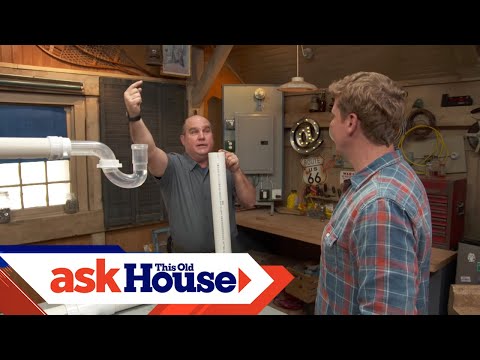There are a number of things to consider when hiring a sydney plumber
First you should do some searching and gather a list of 3 or more licensed plumbing Sydney service company’s that you consider to be strong candidates.
This means interviewing them individually over the phone, asking them pertinent questions and talking to them about the specific residential plumbing repairs needed.
When doing this, you should keep in mind the following questions that need to be answered:
- Is their plumbing insurance and licensing updated? Will it continue to be during the timeframe your repairs require?
- Are they a certified master plumber with a crew of employees and do they have Worker’s Compensation in place for all crew members?
- Also are all members of the crew licensed with insurance? Take not of the interaction between employees, such as their general courtesy, politeness and if they are willing to respond to questions.
- Are they certified professionals within the industry and members of their local plumbing association?
Professional plumbers should be prepared to discuss their work plans, be on time, have a schedule of their job site goals and be ready to explain customer costs or other relevant details.
Their willingness to do this should not be met with impatience, disinterest or annoyance.
Do these professional plumbers take their job seriously? Do they arrive in uniforms, dressed like professional, displaying their company name, having identification or a business card at the ready?
Take note of their body language, eye contact and general behavior. A licensed plumbing sydney service should be prepared, willing and ready to get started working. Do these professional plumbers have an emergency repair service?
One you can reach 24 hours a day via a working cell phone number? Can they be contacted after normal business hours?
Is there a big price difference between standard plumbers rates and emergency costs? This is something that should be compared with quotes from other certified professional plumbers, who offer similar industry services. Are their employees licensed and trained to repair multi-family systems for homes?
What unique or specialized services do they provide customers and what are the fees associated with these? Also do all these employees seem knowledgeable in general business methods for household plumbing installs, repairs and general maintenance. Are their employees able to explain the options available, concerning new household fixtures, and what the pros or cons are with each type?
In doing this, do they give detailed information that is useful or are their explanations vague and off track conversationally.
Do individuals working on residential plumbing use video technology to get a more effective inspection of plumbing fixtures, possible leaking or other issues?
Is their work green friendly, and what qualifies them as eco-minded in their business approach?
This is becoming more important in the modern plumbing and construction industries, being ecologically sound saves pollution from impacting the environment and helps provide a better future for the world, as we know it. You maybe asking yourself, why are all these details important to question? This is a long list of details, but there is good reason to discuss them with any potential plumbing contractor and their company. A true professional plumbing contractor should have the expertise and experience that guarantees they will be able to handle the job, plan for problems, keep to a time schedule and avoid any unnecessary project management problems.
This list is only information that covers the bare basics, so it would not be wise to hire someone that isn’t able to provide proof of their work or answers to some very basic industry related questions.
This will give you the peace of mind that is necessary to feel comfortable as a new client of customer, so you will know that you are trusting the work of your project to a skilled, trained, educated and capable individual plumbing contractor or professional plumbing service. These are the general things a new customer should assess, when hiring and interviewing any potential plumbing company.
Try not to waste time unnecessarily, because your time is as valueable as the plumber in question, but avoid hiring just anyone for your professional plumbing needs. Your interview process should attempt to gather information, so you can make a wise decision and hire someone that is best suited for your residential or commercial repair project.
Avoid any potential candidates that fail to pass your screening process, then request proof of cridentials and liscensing for the reaminaing plumbers. Also ask for recent customer references and client referals, and be sure this includes individual contact information. At some point you will have made a definate selection, and you will meet up with the professional plumber of your choice.
Together you both can go over the specifics for your household plumbing repair needs, hammer out the finer details, such as pricing and contracts.
Be sure everything is put into a written contact and a formal agreement, but before you sign anything allowing work to begin.
A professional plumber will lay out all necessary details and have an outline presenting the project for your plumbing work. This should include plumbing licensing and project management specifics, contact information, professional credentials, work site address, project details, material costs, breakdowns of all necessary equipment, individual worker rates, applications for permits and a formal schedule that will be followed for the duration of the project. Your projected plan should include any and all details about the worksite from start to finish with beginning and ending dates.
Copies of all this information should be made available to everyone signing the contract, but this is something that any real certified plumbing professional will already have ready for customers or clients.
The final contract must be dated and signed by all parties, otherwise the agreements are rendered non-legally binding. So make sure to be attentive to every step in this process, then get ready to have your hom or commercial property be attended to by a certified professional plumber and their work crew, then be prepared to be amazed at what professionalism really looks like.



